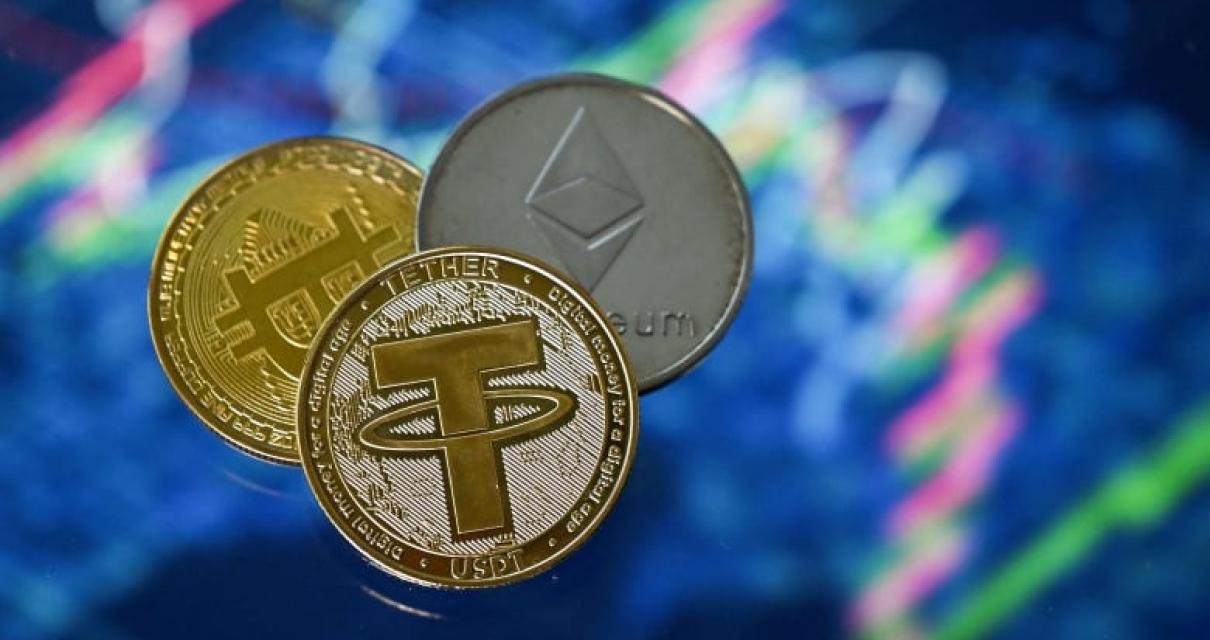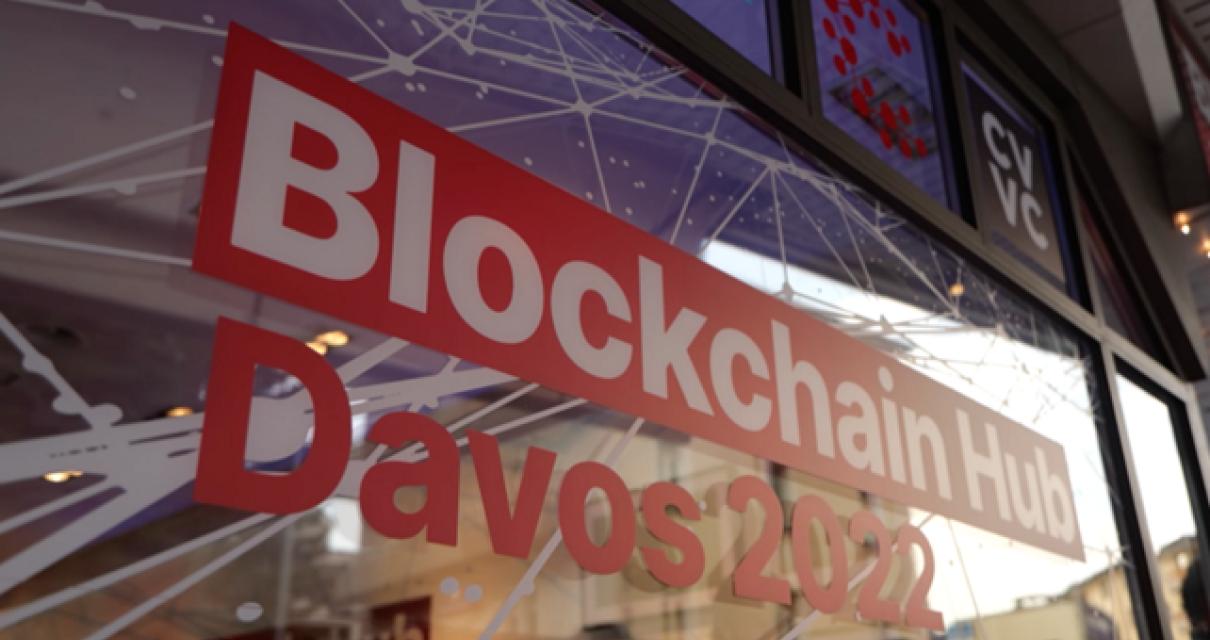Why Blockchain Will Fail: Reasons
The blockchain technology is still in its early stages of development, and there are several potential roadblocks that could prevent it from becoming a mainstream technology. Here are five reasons why blockchain will likely fail:
1. Security Issues
One of the biggest challenges facing blockchain is security. The technology is still relatively new, and there is still a lot of development needed to make it more secure. There have been reports of hacking attempts targeting blockchain networks, and security issues could prevent the technology from becoming mainstream.
2. Scalability Issues
Another potential roadblock for blockchain is its scalability. The technology is designed to be used for large-scale transactions, but so far it has been difficult to achieve that scale. There are also concerns about how the technology will handle large numbers of transactions. If these issues cannot be resolved, blockchain may not be able to become a mainstream technology.
3. Lack of Adoption
One of the key reasons why blockchain may not become a mainstream technology is because there is currently no widespread adoption. While there are a few companies using the technology, it has not yet caught on with the general population. If this trend continues, it may be difficult for blockchain to become a mainstream technology.
4. Lack of Necessity
Another potential obstacle to widespread adoption of blockchain is that there is currently no need for it. While some companies are experimenting with the technology, there is no evidence that it is necessary for most businesses. If this trend continues, it may be difficult for blockchain to gain widespread adoption.
5. Existing Alternatives
Finally, another obstacle to widespread adoption of blockchain is that there are already many existing alternatives. PayPal, for example, already offers a payment system that uses blockchain technology. If other technologies can offer similar benefits at a lower cost, it may be difficult for blockchain to gain a foothold in the marketplace.
Lack of Scalability
The blockchain is not scalable. This means that the number of transactions that can be processed per second is limited. This is because the blockchain is a distributed database, which means that each node must process all of the transactions. If there are too many transactions, then the nodes will become overloaded and will be unable to process any more transactions.
Lack of Interoperability
There is a lack of interoperability between different medical devices. This can make it difficult for patients to receive the best possible care.
Lack of Privacy
There is no privacy when using a public restroom. Anyone can see what you are doing, and there is no way to shield yourself from their view.

High Costs
There are a few reasons why medical marijuana can be expensive. The first reason is that it is an expensive ingredient to produce. Cannabis plants need a lot of nutrients to grow, and a lot of those nutrients come from agricultural products. This means that it takes a lot of time and money to produce enough marijuana to meet the needs of patients.
Another reason medical marijuana can be expensive is that it is still a relatively new industry. It is not yet well-established, so there is not a lot of competition out there. This means that suppliers can charge high prices for their products.
Finally, some patients may need a higher dosage of marijuana than others to get the same effect. This means that the cost of marijuana per dose can be high.
Limited Use Cases
1. QR Code Readability
If you have a QR code that you would like to make more readable, you can use our QR code reader to do just that. By adjusting the brightness, contrast, and color, you can make your QR code as easy to read as possible.

Slow Transactions
Asynchronous transactions allow for more efficient use of the blockchain and a higher throughput. A problem with synchronous transactions is that they can take a long time to complete, which can cause problems for applications that need to interact with the blockchain quickly. With asynchronous transactions, the blockchain can still be used to track the progress of a transaction, but it can be done in a more efficient manner.

Complexity
of the problem
The complexity of the problem reflects how difficult it is to solve.
A complex problem is one that is difficult to solve because there are many different parts to it.
Lack of Regulation
One of the main problems with the cryptocurrency market is that there is no regulatory body overseeing it. This lack of regulation has led to a number of scams and frauds, as well as the overall volatility of the market. If there were more regulation in place, this would help to ensure that the market was more stable and less prone to fraudulent activities.
Security Flaws
, Weaknesses, and
Actions to Address
1. Security flaws:
-The company's security system is not up to par, leaving the company open to attack.
-The company's computer systems are not kept up to date, leaving them vulnerable to viruses and other cyber threats.
-The company's data is not properly protected, meaning that it is vulnerable to theft or other unauthorized access.
-The company's employees are not properly trained in computer security protocols, potentially leading to vulnerability to attack.
-The company's website is not well designed and contains security flaws that could be exploited by attackers.
-The company's data is stored on outdated or unprotected hardware, making it vulnerable to theft or damage.
-The company's IT systems are not properly monitored and managed, leaving them susceptible to hacking and other cyber attacks.